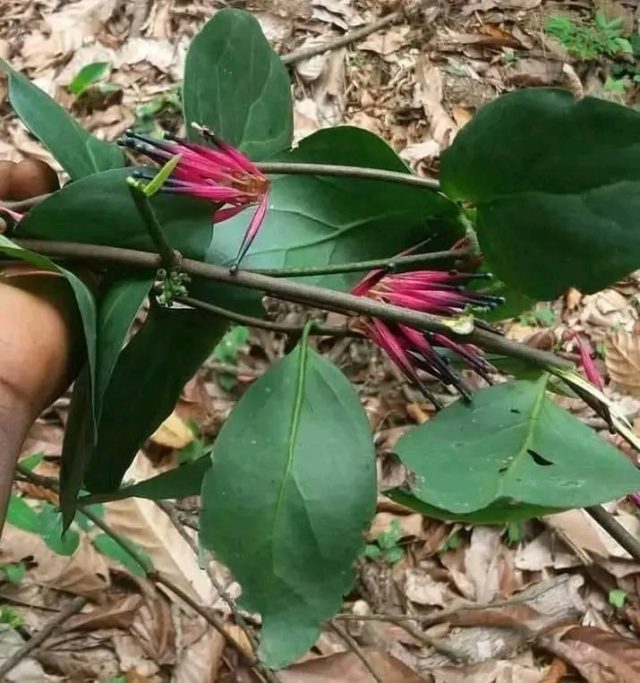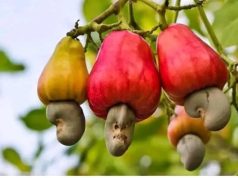Using mistletoe leaves to treat cancer, prevent diabetes, and Cure hepatitis.
Tapinanthus AKAN / TWI NAME IS NKRANPAN
Part of Mistletoe to Use: LEAVES
Mistletoe is a parasitic evergreen plant that lives on trees such as oaks, elms, firs, pines, cacao, Avocado and elms.
The parasitic plant has yellowish and reddish flowers; small, green leaves; and waxy, white and red berries. There are many species of this plant in the Viscacea and Loranthacea plant families mistletoe (Viscum album ) is used as a medical remedy.
INTERNAL USE
Infusion with 10-15 g of dried leaves per litre of water, drinking two cups daily.
Mistletoe leaves contain choline and acetylcholine, both substance which acts on the autonomic nervous system. The berries also contain alkaloids and other toxic substances, thus their medicinal use is not recommended. It is a fine nervine, effective in epilepsy, convulsion, hysteria and delirium.
BENEFITS OF MISTLETOE
- Lower blood pressure
- Promotes good sleep
- Treat cancer
- Soothes respiratory distress
- Prevent diabetes
- Boosts immune system
- Calms nervous system
- Eliminates inflammation
- Cure epilepsy
- As headache medicine
- Cure hepatitis
- Prevent miscarriage and bleeding during pregnancy
- Strength bone and teeth
- Take back heart and kidney function
- MENSTRUATION REGULATOR. It is employed in menstrual disorders, excessive menstruation, and uterine haemorrhage. Due to its hemostatic effect.
- REDUCE SNORING / SOLVE SNORING: while this may not seem like a serious issue,it certainly is if you’re sleeping next to a snore. A cup of this herbal tea before going to sleep can soothe the nerves and promote restful sleep, while also soothing respiratory distress.
Together, this means a much lower chance of snoring while you sleep. - . It is used to treat arthritis, hysteria and other mental disturbances, amenorrhea, wounds, asthma, bed wetting, and infection, and to stimulate glands.
NB: The berries are not good for human consumption, please use only the leaves.
.
Also Read : Health Benefits of Cashew Plant – The Leaves and the Root



 ADVERTISE WITH US. Call or send a Whatsapp message 08070950313
ADVERTISE WITH US. Call or send a Whatsapp message 08070950313


 ADVERTISE WITH US. Call or send a Whatsapp message 08070950313
ADVERTISE WITH US. Call or send a Whatsapp message 08070950313






